Introduction to Column Molds
Column molds are essential tools in the construction and manufacturing industries, serving as pivotal components in shaping structural elements. These molds are designed to cater to a variety of applications, ensuring precision and durability in the creation of columns.
Types and Applications
The versatility of column molds is evident in their range of types, each suited for specific applications. From architectural aesthetics to functional building supports, these molds are utilized in creating concrete columns for buildings, bridges, and other infrastructures. Additionally, they are employed in the production of cylindrical shapes for industrial and commercial use.
Features and Materials
Concrete column molds are distinguished by their robust construction and adaptability. Materials used in their fabrication include plastics like ABS and metals, ensuring longevity and resistance to wear. The design of these molds allows for ease of demolding and high reuse rates, making them a cost-effective solution for mass production.
Advantages of Using Column Molds
The use of industrial column molds brings numerous advantages to the manufacturing process. They provide uniformity and consistency in product dimensions, which is crucial for structural integrity and aesthetic appeal. Moreover, the efficiency of mold use results in reduced labor costs and increased production speed.
Customization and Adaptability
Adjustable column molds offer the flexibility required to meet diverse manufacturing needs. These molds can be tailored to produce columns of varying sizes and shapes, accommodating custom design specifications for unique project requirements.
Choosing the Right Column Mold
Selecting the appropriate column molds for sale involves considering the specific needs of your project. Factors such as the size, shape, and finish of the desired column should guide the choice of mold. It is essential to engage with suppliers who can provide detailed information about their molds, ensuring that the selected option aligns with the intended application and production capabilities.

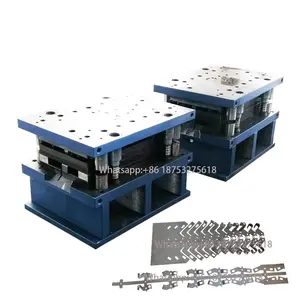








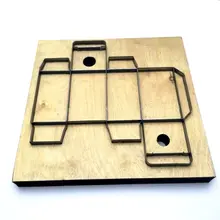
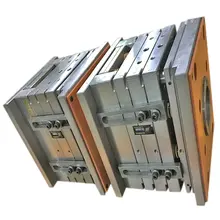

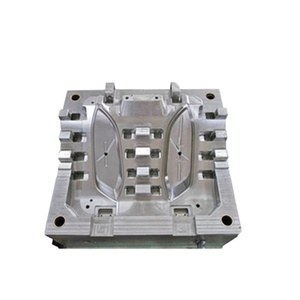





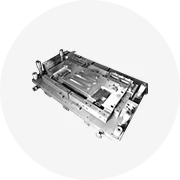
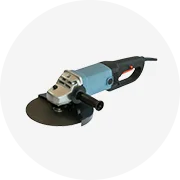


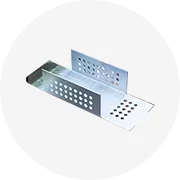
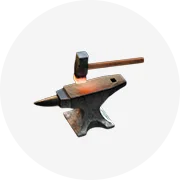








 浙公网安备 33010002000092号
浙公网安备 33010002000092号 浙B2-20120091-4
浙B2-20120091-4